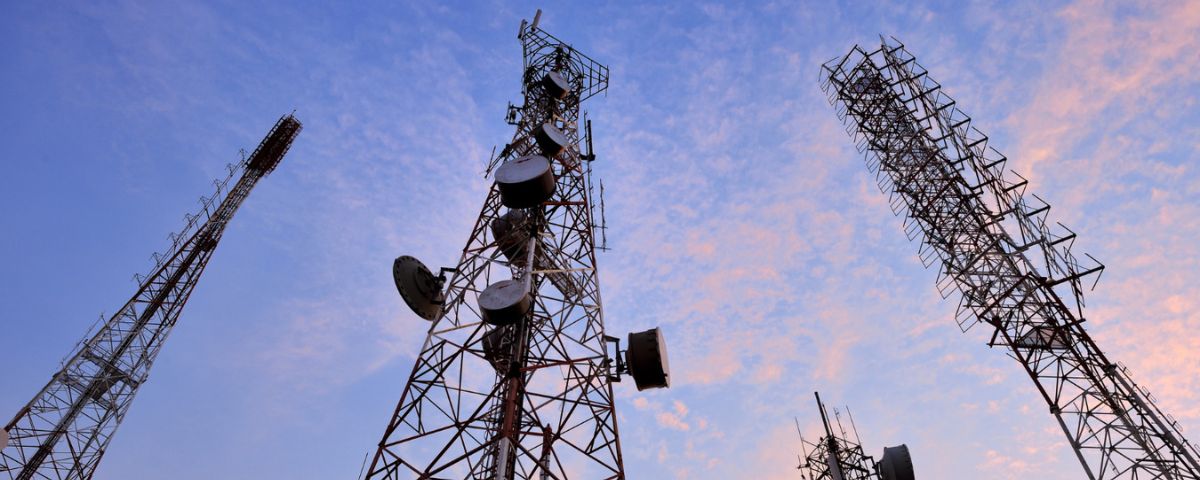
The Centre for Digital Economy Policy Research (C-DEP) emphasized the need for the government to ensure a sustainable telecom industry, particularly amidst a scenario where the average revenue per user (ARPU) remains low, sparking debates about fairness in revenue distribution. Jaijit Bhattacharya, founder & president of C-DEP, expressed concerns about the sustainability of the telecom sector, highlighting the surge in data traffic triggered by COVID-19 lockdowns, which significantly increased the usage of over-the-top (OTT) platforms.
Bhattacharya noted that despite the rollout of 5G networks, there hasn’t been a substantial increase in revenue generation from new business models or use cases globally. Market leaders like Reliance Jio and Bharti Airtel have heavily invested in next-generation network infrastructure, yet monetizing these investments, especially through enterprise uptake, has proven to be challenging. He pointed out that the ARPU has remained stagnant, with mobile subscriber numbers reaching a near-saturation point, currently standing at approximately 1.20 billion in India.
Comparatively, telecom carriers’ ARPU in India is around Rs 150, significantly lower than the global average of about Rs 700 and Rs 580 in China. Crisil Ratings previously highlighted that telecom operators would need an ARPU between Rs 270-Rs 300 over the next three years to justify their investments in deploying 5G networks. Bhattacharya advocated for a fair revenue-sharing model among large traffic generators (LTGs), citing examples from South Korea and Netflix, where such models have been implemented successfully.
He mentioned that similar models are emerging in India, with both Jio and Airtel offering bundled packages. However, incumbent telecom operators, represented by the Cellular Operators Association of India (COAI) and GSMA, have been advocating for a fair share from OTT players who generate significant data traffic on their networks. Conversely, OTT players and technology providers argue against regulation, fearing it could stifle innovation. The Telecom Regulatory Authority of India (TRAI) is deliberating on whether OTT firms should fall under regulatory oversight.
Moreover, proposals in the US Congress aim to make large internet applications contribute to infrastructure costs, potentially lowering broadband expenses for consumers. These discussions reflect the complexity of regulatory issues surrounding revenue distribution and infrastructure development in the telecom sector.



